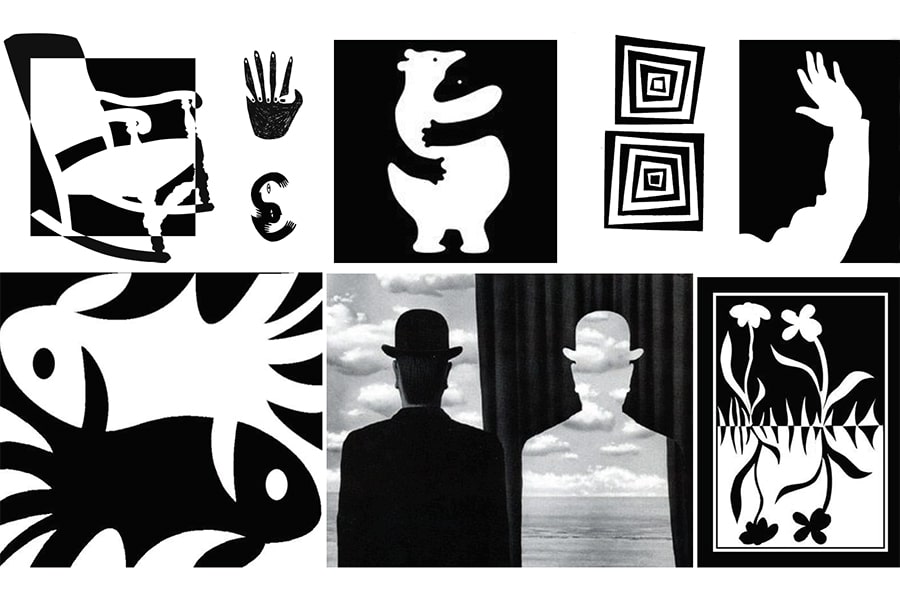Rochester is home to a dedicated clutch of platform tennis addicts.
And you ask: what is platform tennis?
Platform tennis (a.k.a. “paddle tennis” or, most often, just “paddle”) is an outdoor-only cold-weather racket sport, played almost exclusively east of the Mississippi and north of the Mason-Dixon line. A paddle court is 1/4 the size of a standard tennis court, raised above the ground with heaters installed underneath it, and surrounded by a chicken wire cage. Matches are always “doubles” – 2 players vs. 2 players. It’s a mix of tennis, pickleball, and squash.
Here’s a clip from last year’s men’s national championship:
Like all sports, paddle has dozens of “levels to the game.”
The guys in the video above are the best in the country. They make the best Rochester players look like chumps. Those best Rochester players make me look like a chump. I make plenty of others look chumpy. “Levels of the game” is a nice way of saying “it’s chumps all the way down.”
And for 98% of those chumps – including me – the key to winning at paddle is hilariously simple:
Keep the ball in play. Don’t make mistakes.
You don’t need a killer serve. Or incredible foot speed. Or a sneaky topspin forehand. All you need is to not screw up.
Basketball is an offensive sport. You have to score to win. Same with football, soccer, and almost every sport out there. Winning is predicated on positive, offensive action.
But paddle is different. It’s what Morgan Housel would call a negative art where “you have a better chance of improving by getting rid of bad traits rather than acquiring new ones.” Two of the worst paddle errors you can make are:
- Hitting the ball out of bounds.
- Hitting the ball into the net.
To win at paddle, just get the ball back over the net.

In fact, paddle tournament matches often get a bad rap for being too boring, too passive, and too much of “neither team is attacking because everyone’s afraid to make a mistake.” Instead, minutes-long rallies are consumed with nothing but soft probing shots and defensive lobs.
For beginning- and mid-level players, “boring” paddle is winning paddle.
But most paddle players don’t know it. Or worse, choose to ignore it.
It’s the perfect metaphor for personal finance and investing. 98% of people I work with, either professionally or through the blog, would improve their personal finances by removing their bad financial habits and being more boring.
I’ve made my share of mistakes. But “too boring” wasn’t one of them. In fact, most of my personal finance success is directly attributable to getting the boring stuff right.
I’ve written at length about these boring basics, so here are some great links to learn more:
- Simple Financial Goals
- Not So Common Sense
- “Isn’t Personal Finance Pretty Simple?”
- 9 Scientific Facts to Improve Your Finances
- 11 Basic Financial Tips to Get You Started
Personal finance, like paddle, is a negative art. Removing bad habits is more important than acquiring new skills. If that wasn’t the case, you’d need a PhD to be any good at this stuff.
But you don’t need to know the math behind the “efficient frontier” to know diversification is helpful. You don’t need to write your own budgeting software to track your spending a few times a month.
It’s fun to watch highlights videos of Johan du Randt (probably the best paddle player in the country – see below). But you shouldn’t model your paddle game after his. Just as you shouldn’t take fadeaway jumpers like Lebron James, or acquire entire billion-dollar companies like Warren Buffett.
Focus on the fundamentals. Remove errors. Allow the boring basics to carry you to victory.
Start treating your personal finance like the negative art it is.
Thank you for reading! If you enjoyed this article, join 8000+ subscribers who read my 2-minute weekly email, where I send you links to the smartest financial content I find online every week.
-Jesse
Want to learn more about The Best Interest’s back story? Read here.
Looking for a great personal finance book, podcast, or other recommendation? Check out my favorites.
Was this post worth sharing? Click the buttons below to share!